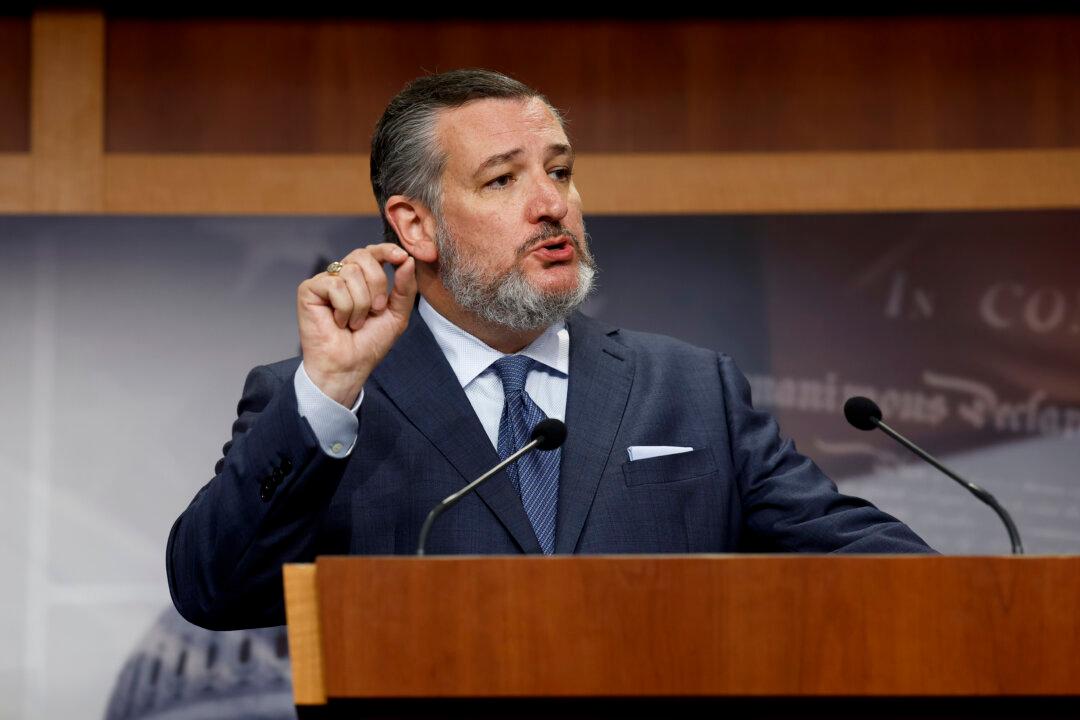The U.S. Senate passed a resolution on May 21 repealing a Biden administration policy forcing many Americans to ditch their gas furnaces and rely on electric ones.
On Sept. 29, the U.S. Department of Energy (DOE) finalized energy efficiency standards that required residential gas furnaces to achieve “an annual fuel utilization efficiency of 95 percent.”





